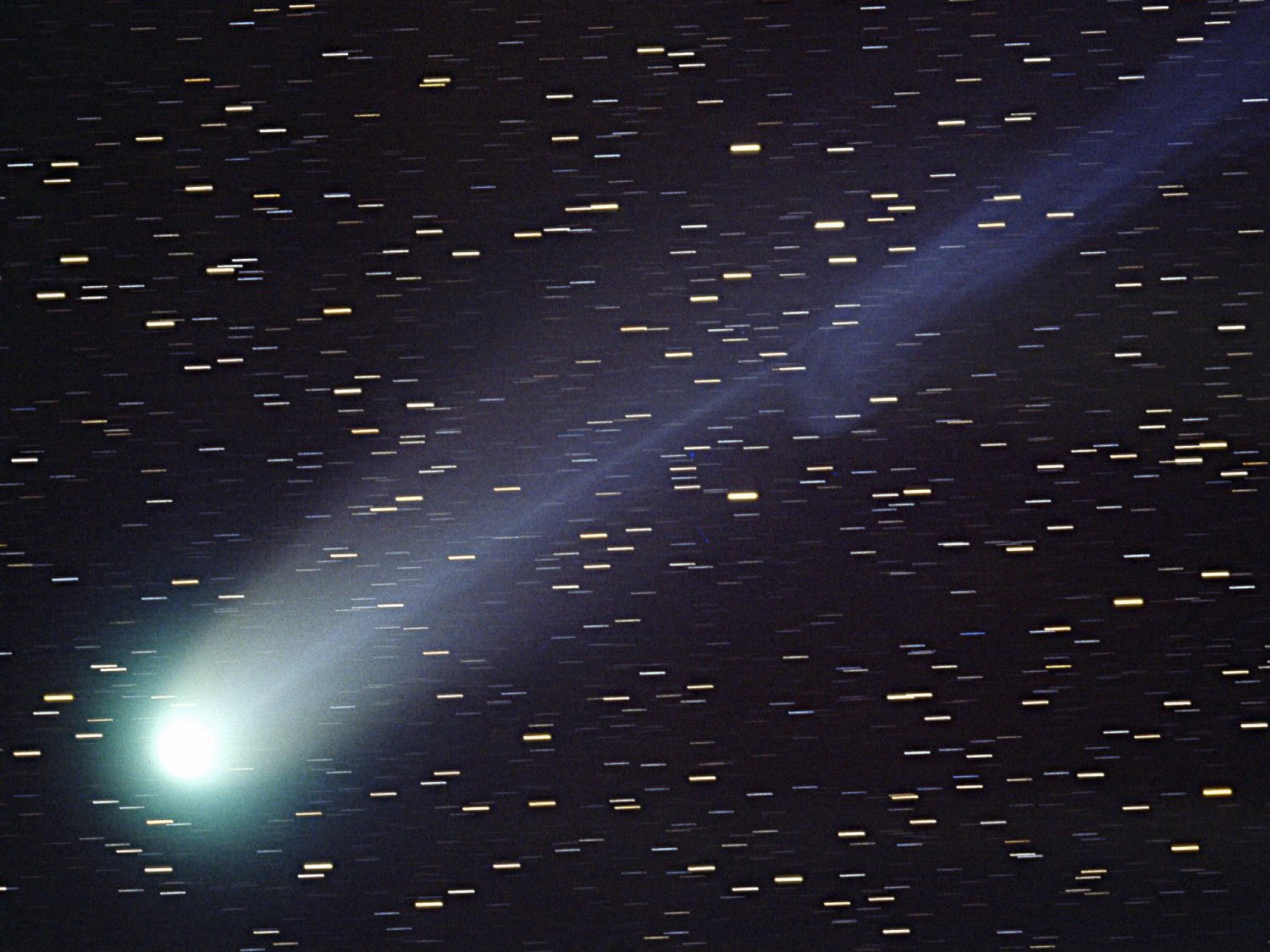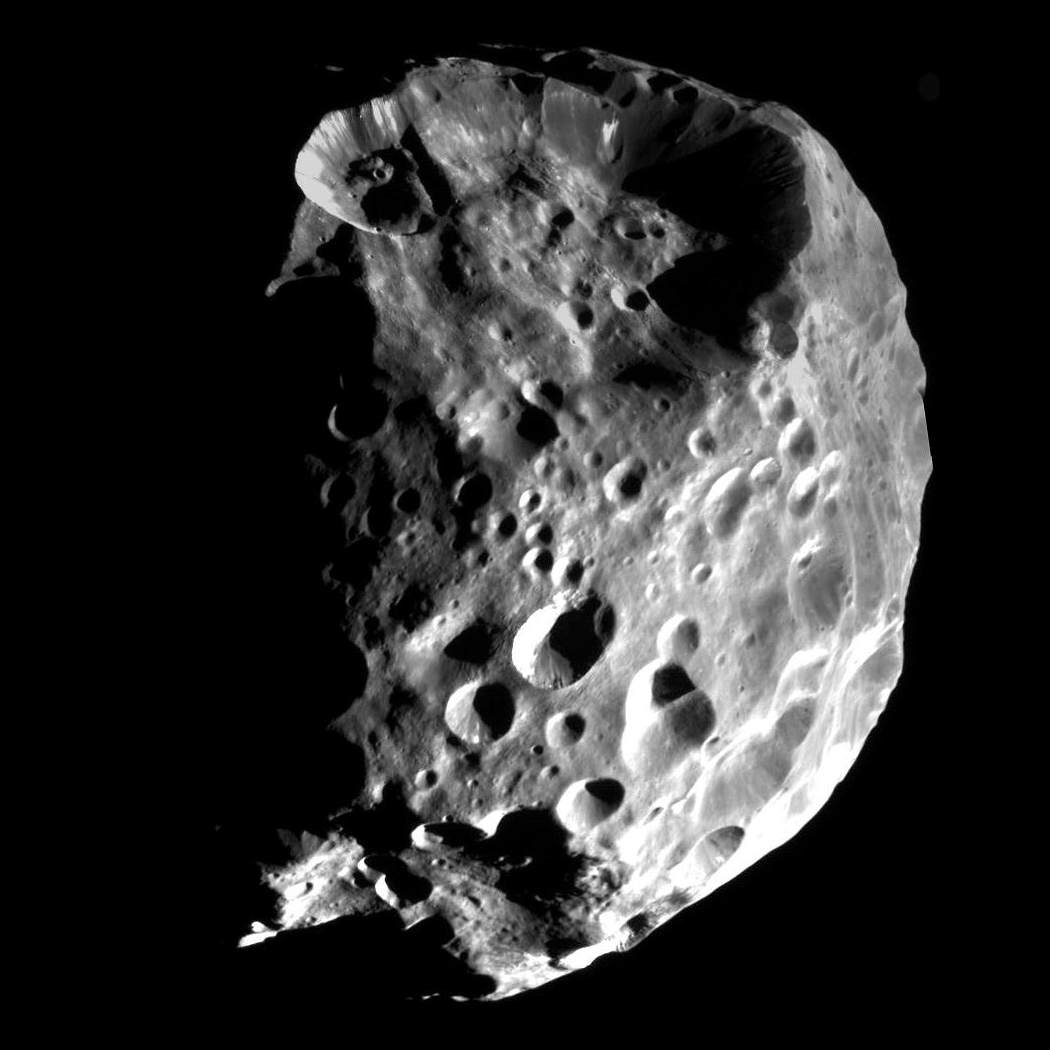Centaur objects
Enlarge text Shrink text- Work cat: Reinhart, M. Chiron, Pholus and Nessus : to the edge and beyond, 2014:back cover (after being reclassified several times, Chiron is now the prototype of a new sub-category of celestial objects called the Centaurs)
- Britannica.com online, viewed 11 Apr. 2018(Centaur object, or Centaur: any of a population of small bodies, similar to asteroids in size but comparable to comets in composition, that revolve around the Sun in the outer solar system, mainly between the orbits of Jupiter and Neptune)
- Swinburne University website, viewed 11 Apr. 2018:COSMOS, the SAO encyclopedia of astronomy (Centaurs are icy planetesimals located between Jupiter and Neptune)
- Wikipedia, viewed 11 Apr. 2018(Centaurs are small solar system bodies; they typically behave with characteristics of both asteroids and comets; they are named after the mythological centaurs that were a mixture of horse and human)
- Jet Propulsion Laboratory news, July 25, 2013, viewed online June 7, 2018(NASA's WISE finds mysterious centaurs may be comets: The true identity of centaurs, the small celestial bodies orbiting the sun between Jupiter and Neptune, is one of the enduring mysteries of astrophysics. Are they asteroids or comets? A new study of observations from NASA's Wide-field Infrared Survey Explorer (WISE) finds most centaurs are comets. Until now, astronomers were not certain whether centaurs are asteroids flung out from the inner solar system or comets traveling in toward the sun from afar. Because of their dual nature, they take their name from the creature in Greek mythology)
In planetary astronomy, a centaur is a small Solar System body that orbits the Sun between Jupiter and Neptune and crosses the orbits of one or more of the giant planets. Centaurs generally have unstable orbits because of this; almost all their orbits have dynamic lifetimes of only a few million years, but there is one known centaur, 514107 Kaʻepaokaʻawela, which may be in a stable (though retrograde) orbit. Centaurs typically exhibit the characteristics of both asteroids and comets. They are named after the mythological centaurs that were a mixture of horse and human. Observational bias toward large objects makes determination of the total centaur population difficult. Estimates for the number of centaurs in the Solar System more than 1 km in diameter range from as low as 44,000 to more than 10,000,000. The first centaur to be discovered, under the definition of the Jet Propulsion Laboratory and the one used here, was 944 Hidalgo in 1920. However, they were not recognized as a distinct population until the discovery of 2060 Chiron in 1977. The largest confirmed centaur is 10199 Chariklo, which at 260 kilometers in diameter is as big as a mid-sized main-belt asteroid, and is known to have a system of rings. It was discovered in 1997. No centaur has been photographed up close, although there is evidence that Saturn's moon Phoebe, imaged by the Cassini probe in 2004, may be a captured centaur that originated in the Kuiper belt. In addition, the Hubble Space Telescope has gleaned some information about the surface features of 8405 Asbolus. Ceres may have originated in the region of the outer planets, and if so might be considered an ex-centaur, but the centaurs seen today all originated elsewhere. Of the objects known to occupy centaur-like orbits, approximately 30 have been found to display comet-like dust comas, with three, 2060 Chiron, 60558 Echeclus, and 29P/Schwassmann-Wachmann 1, having detectable levels of volatile production in orbits entirely beyond Jupiter. Chiron and Echeclus are therefore classified as both centaurs and comets, while Schwassmann-Wachmann 1 has always held a comet designation. Other centaurs, such as 52872 Okyrhoe, are suspected of having shown comas. Any centaur that is perturbed close enough to the Sun is expected to become a comet.
Read more on Wikipedia >
 Topic
Topic







